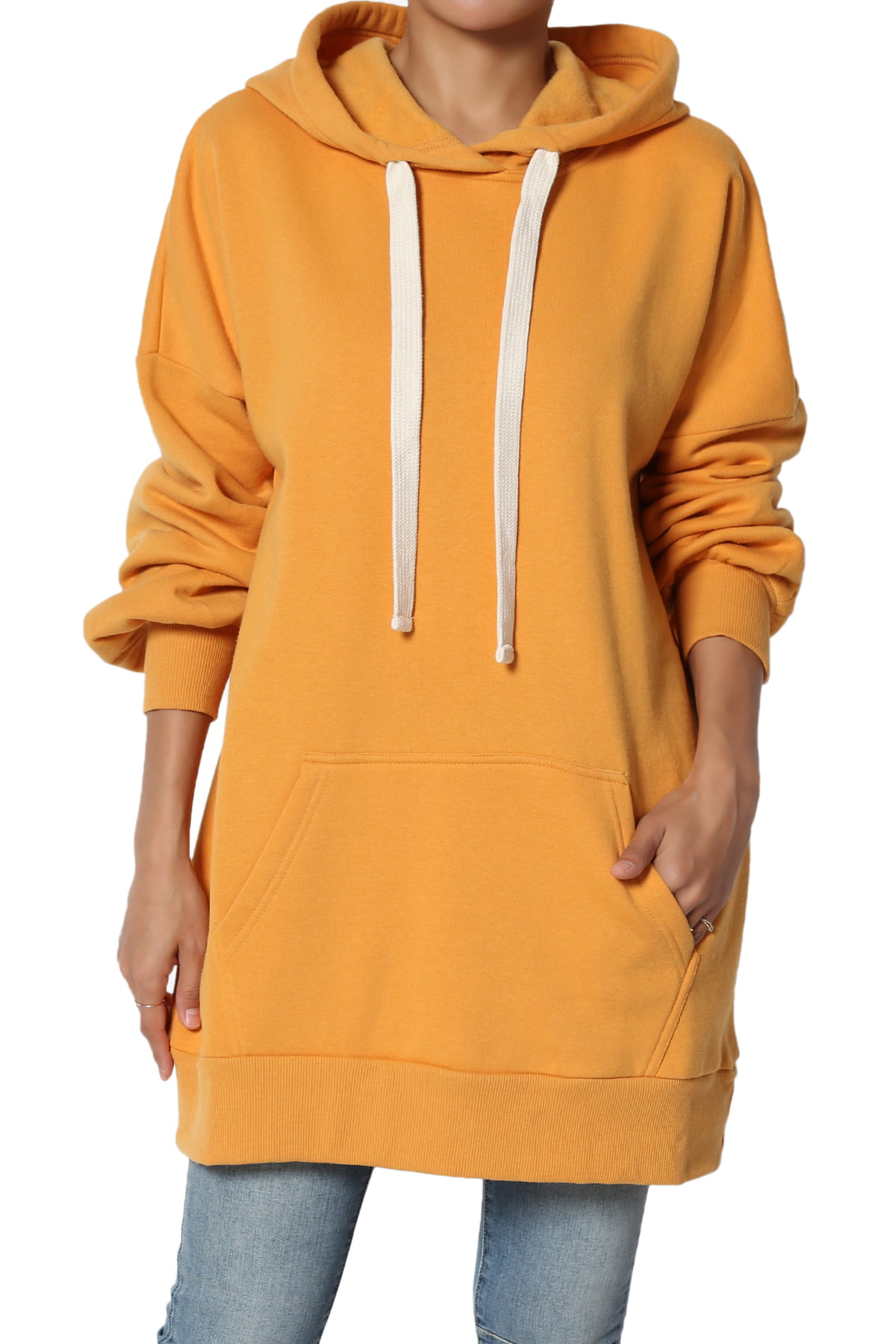What things to Consider When Picking the Right Sweatshirt

Sweatshirts are long-sleeved garments made of thick cotton cloth. They are generally used for casual wear and aren't as dressy as sweater s or cardigans. They might not come with a or hood. If you are interested in buying a sweatshirt, here are some tips:
The appeal of Norma Kamali was spread by the use of sweatshirts
Since the end of the 70s In the late '70s, Norma Kamali has transformed the basic sweatshirt into an art form. Her designs are now an integral part of almost every woman's wardrobe. Her distinctive designs include a tummy-tucking team neck to leather-paneled sweatshirts. She also has created clothes in unique forms, like an oversized tank top that has a long trumpet skirt.
A partnership with the brand and the sweatshirt maker Everlast resulted in her Timeless line, which became an instant hit when it appeared in the spring catalog of Spiegel. The collection offered convertible and interchangeable knits with classic designs and many of the pieces were priced under $20. Even if The Norma Kamali Timeless collection was not available in stores, buyers could still find these designs on eBay and Poshmark.
Merino wool sweatshirts provide more comfort than sweatshirts with soft fabrics.
Merino wool is known for its ability to wick moisture away, which helps to keep you dry and comfortable. This is a naturally-occurring fibre that also has a smoother feel. The fabric is also quick to dry compared to other natural substances. In addition, it is a renewable resource. Merino sheep shed their coats each year, and then grow new ones.
The weight-to-heat ratio of merino wool makes it popular for sweatshirts. It aids in controlling the body's temperature because of its natural loft, which retains heat in the fibers. This is why Merino wool sweatshirts are great for summer and outdoor activities like hiking, mountain biking, and running. The warmth they offer keeps the wearer comfortable and dry. This is crucial when working out.
Zip-front hoodies feature kangaroo pockets.
Kangaroo pocket Hoodies are a well-loved style of hoodies. They feature a big pocket in the front, which keeps your hands warm during cold days. They're additionally more practical than conventional pockets, since they allow your hands to slide into and out with ease.
Kangaroo pockets are usually large enough to fit a wallet or some other personal items. They're usually big enough to hold one hand in a smaller size, and can even be sufficient to hold two hands. They are wide on both sides and make them ideal for carrying small items.
French terry fabric is a popular fabric for sweatshirts.

The French Terry fabric is constructed of soft yarns knit into loops and are typically medium-weight. https://app.career4.eu/members/selectbuffet32/activity/87678/ is also noted because of its capacity to absorb away moisture and is already pre-shrunk. French Terry is a fantastic option for sweatshirts since it is warm when you're in need and also keeps your cool when you want to cool down.
French terry is also popular for casual wear, as it has enough stretch and flexibility to feel comfortable against your skin. It also allows air to circulate around the fabric, which makes it ideal for layering under other clothes. Additionally, since it's lighter than other sweatshirts, you can wear it all through the year without feeling too hot or cold.
Hoodies have classist connotations
Although it might appear that hoodies are simply an appropriate clothing item for people of the working class, the reality is that they are a symbol of class. Hoodies were first popularized in the early 1970s in New York, where graffiti artists would wear them to conceal their identities. In 1976 Hoodies made their main movie debut with "Rocky," when the protagonist of the film was a working class man in hooded gray sweats on his memorable climb to the top of the Philadelphia Museum of Art.
Hoodies are usually linked to death, destruction and other unpleasant things, but they also serve practical purposes. For instance, monks and priests might wear hoods in order to display modesty and inward focus.
